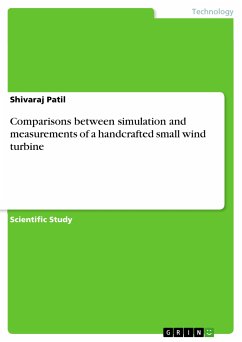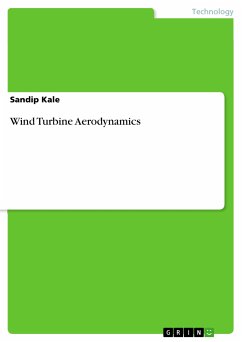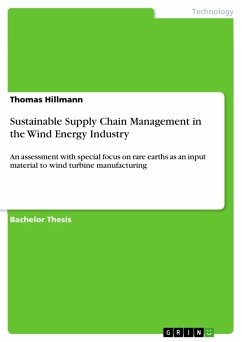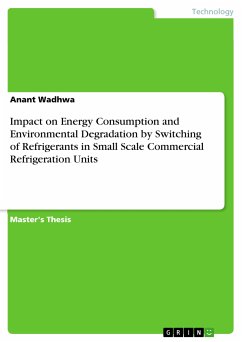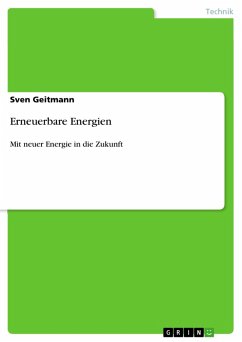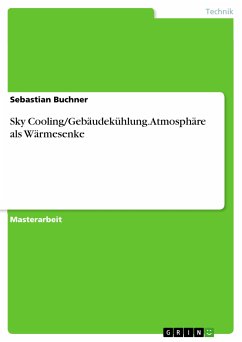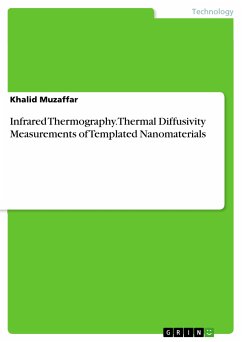Scientific Study from the year 2019 in the subject Engineering - Power Engineering, grade: 2.0, Technical University of Berlin, course: Wind Turbine Measurement Techniques, language: English, abstract: In this paper, the differences between a performance analysis of a wind turbine by computational simulations and by experimental methods such as tests in the wind tunnel "GroWiKa" belonging to the TU Berlin are analysed. The qualitative and quantitative aspects of both the rotor of the turbine and its electric generator are analyzed under specific experimental methods whose resulting graphs are compared with simulation software such as Qblade for rotor performance and Open AFPM for electric generator performance. Finally, from this comparison, an analysis is derived by which the accuracy of the information obtained by the used software is validated. Due to the recent climate crisis and new trends regarding the development of energy production, wind energy has become one of the most used solutions in the field of renewable energies. This technology offers efficiencies and performance even beyond energy production systems such as solar energy and even internal combustion engines based on biodiesel. Another convenience of wind energy is the fact that it has a wide potential for places even hard to reach by other technologies. But, just as it has a great number of advantages, it also has disadvantages because it is a technology that is still under development and its mode of implementation depends on a great number of variables such as mechanical, electrical and climate factors that must be taken into account when developing the different types of projects.
Dieser Download kann aus rechtlichen Gründen nur mit Rechnungsadresse in A, B, BG, CY, CZ, D, DK, EW, E, FIN, F, GR, HR, H, IRL, I, LT, L, LR, M, NL, PL, P, R, S, SLO, SK ausgeliefert werden.
Hinweis: Dieser Artikel kann nur an eine deutsche Lieferadresse ausgeliefert werden.

